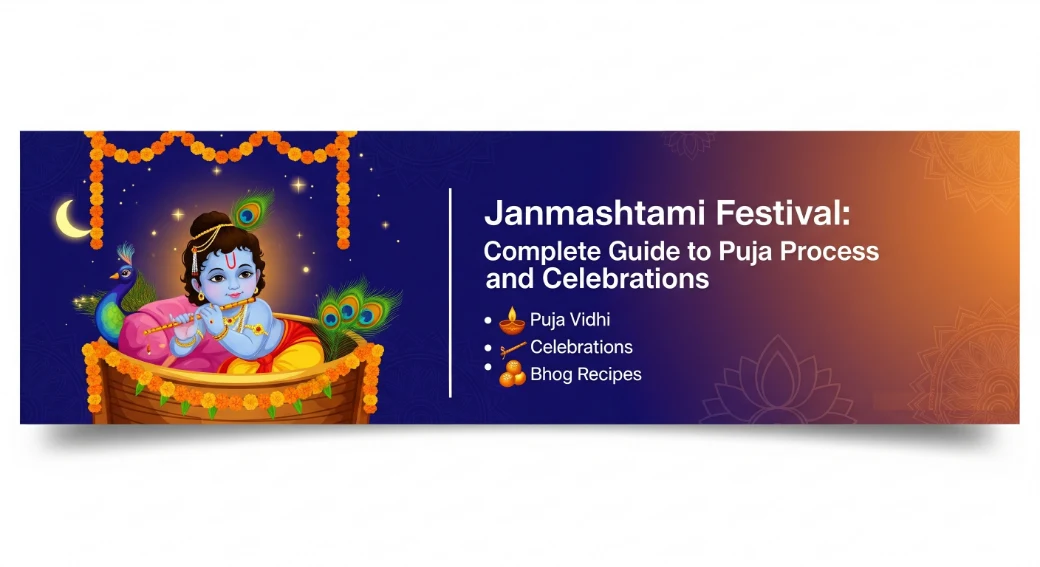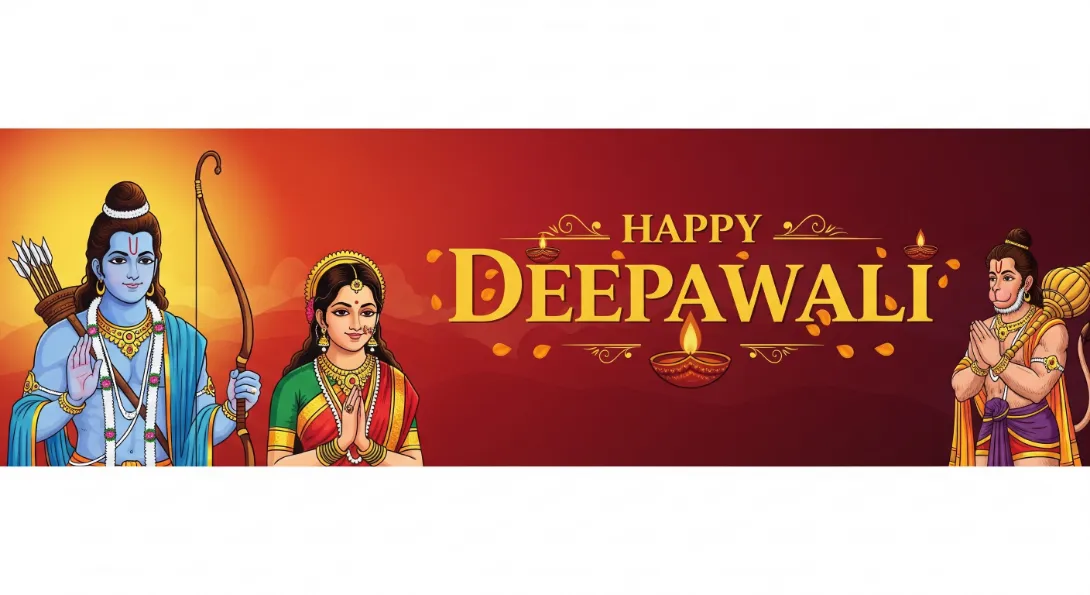Introduction
Janmashtami is one of the most celebrated Hindu festivals, marking the birth of Lord Krishna, the eighth incarnation of Lord Vishnu. Devotees across India and around the world observe this day with devotion, fasting, prayers, and various cultural activities. The festival usually falls in the month of August or September, on the eighth day of the Krishna Paksha (dark fortnight) of the month of Bhadrapada. The day holds immense spiritual significance and symbolizes the victory of good over evil.
Significance of Janmashtami
Lord Krishna is known for his divine playfulness, wisdom, and his role in the epic Mahabharata. Janmashtami is celebrated not only as a remembrance of his birth but also to honor his teachings and moral guidance. The festival inspires devotees to follow the path of righteousness, love, and devotion. Fasting, devotional singing, reading scriptures, and performing puja are central to the celebrations.
Preparations for Janmashtami Puja
Preparations for Janmashtami start days in advance. Homes and temples are thoroughly cleaned and decorated with flowers, rangoli, and lights. Devotees create a small cradle or Jhula for baby Krishna, symbolizing his birth. Special food items like butter, milk sweets, and fruits are arranged as offerings. Devotional songs and bhajans are practiced to be sung during the puja.
The Process of Janmashtami Puja
-
Fasting (Upvas):
Most devotees observe a fast throughout the day, consuming only fruits, milk, and special fasting foods. The fast is broken after performing the puja and chanting prayers at midnight, the believed time of Krishna’s birth. -
Cleaning and Decoration:
Before starting the puja, the place of worship is cleaned and decorated. A small idol of baby Krishna is placed in a cradle or on a clean altar. Flowers, garlands, and colorful rangoli designs are used to enhance the spiritual ambiance. -
Offering Panchamrit:
Panchamrit, a mixture of milk, curd, ghee, honey, and sugar, is prepared as a special offering for Lord Krishna. Fruits, sweets, and butter are also offered, as Krishna is fond of these. Devotees sing bhajans while making the offerings. -
Chanting Mantras and Prayers:
Devotees recite sacred mantras such as “Om Namo Bhagavate Vasudevaya” and read passages from the Bhagavad Gita or Krishna Janmashtami stories. Singing devotional songs and bhajans continues throughout the puja. -
Midnight Celebration:
The highlight of Janmashtami puja is the midnight celebration when Krishna is believed to have been born. The idol of baby Krishna is placed in the cradle, and devotees offer prayers, flowers, and sweets. Bells are rung, and devotional songs are sung to welcome the divine child. -
Aarti and Distribution of Prasad:
After performing the puja, aarti is conducted, and the prasad (blessed food) is distributed among family members and visitors. This symbolizes sharing blessings and love.
Cultural Activities during Janmashtami
Apart from the puja, Janmashtami is celebrated with various cultural activities. People organize Ras Leela performances, depicting Krishna’s childhood and his playful acts. Temples and communities hold Dahi Handi events, where groups form human pyramids to break a pot of curd, representing Krishna’s love for butter. Children dress as Krishna and Radha, adding a joyful atmosphere to the celebrations.
Conclusion
Janmashtami is a festival of devotion, joy, and spirituality. Observing the puja with sincerity and understanding its significance strengthens the connection between devotees and Lord Krishna. It is a time to embrace love, share happiness, and follow the principles taught by Krishna. Celebrating Janmashtami with proper rituals, prayers, and devotion brings peace, prosperity, and spiritual fulfillment to the devotees.





